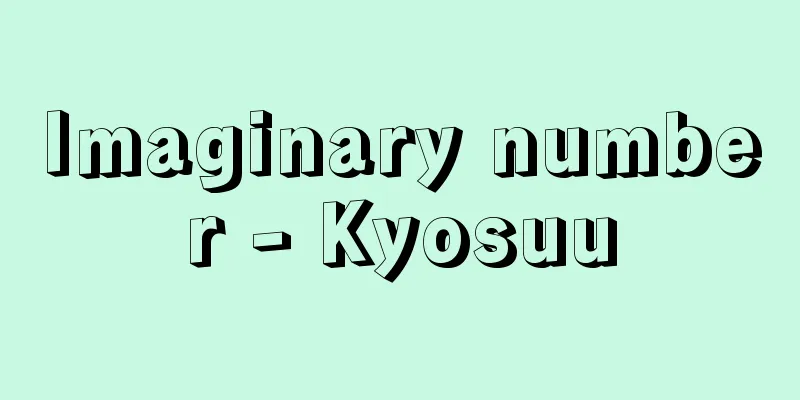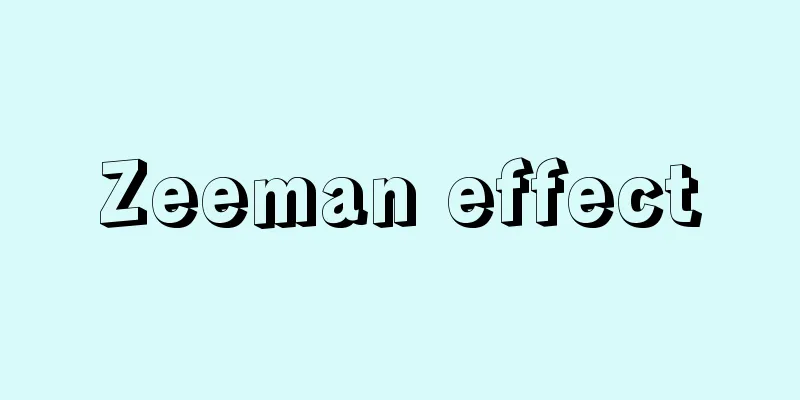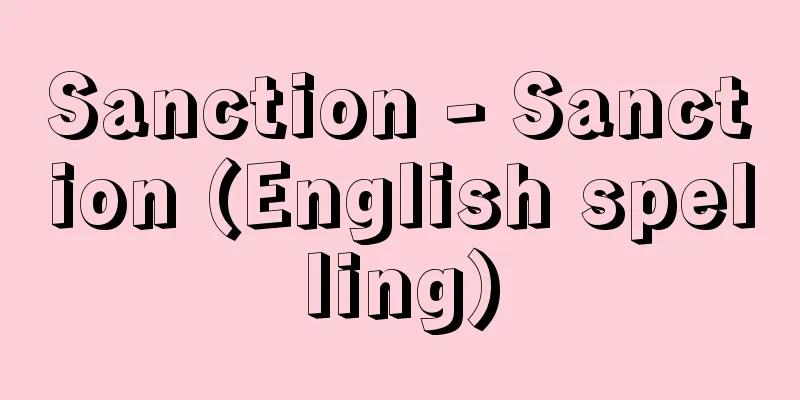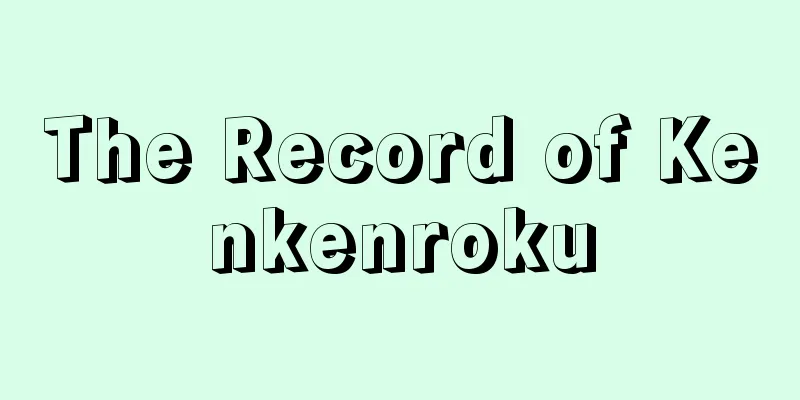Controlled economy
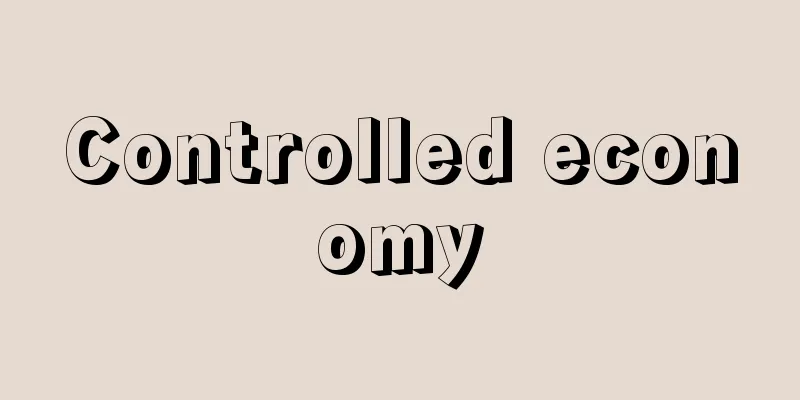
|
It refers to an economic system in which the state controls and interferes with a country's economic activity. It can also include a socialist planned economy, but it usually refers to one that operates within the framework of a capitalist system. The latter can also include indirect tariffs, subsidies, taxes, and the like, as well as the management of currency, finance, trade, and foreign exchange, and the formulation of economic plans, while it can refer only to direct and compulsory regulations such as rationing of goods, official price fixing, and the reorganization of companies by industry, but it is generally believed to be limited to the latter. The term "controlled economy" began to be used after the Great Depression of the 1930s, when measures to save capitalism from unemployment, shrinking production, plummeting prices, and growing social unrest took the form of a controlled economy. It was divided into two types of control: those aimed at economic recovery through economic and social reforms, as seen in the New Deal policy in the United States, and those aimed at militarization and wartime economies, as seen in Japan and Germany. In Japan, price control began with the "Price Control Regulations for Goods Sales" in 1938 (Showa 13) during the Sino-Japanese War, and was followed by the "National Mobilization Law" of 1939, which became the basic law. After the Pacific War began, there were stages such as the authoritarian consolidation and integration of small and medium-sized enterprises through the "Business Consolidation Order" of 1942, and various government agencies and control committees were established, and official prices and allocation of materials and labor were implemented with vigor. After World War II, developed countries temporarily implemented controlled economic management amid the global inflationary recession caused by the oil shock of 1973, but there is no sign of a return to controlled economies. [Tetsuya Hitosugi] [Reference item] |Source: Shogakukan Encyclopedia Nipponica About Encyclopedia Nipponica Information | Legend |
|
一国の経済活動に国家が統制・干渉を行う経済体制をいう。社会主義的計画経済をも含める場合もあるが、通常は資本主義体制の枠内で行われるものをさす。後者でもさらに、間接的な関税、補助金、租税などのほか、通貨、金融、貿易、外国為替(かわせ)などの管理や経済計画策定などによって経済を誘導する場合をも含める場合と、物資の配給制、公定価格制、業種別の企業整備などの直接的・強制的規制の場合のみをさす場合とがあるが、後者に限定するのが通説である。 統制経済という語が用いられるようになったのは、1930年代の大恐慌以降で、失業、生産縮小、物価暴落、社会不安増大のなかで資本主義を救うための措置が、統制経済という形をとったからである。それはアメリカのニューディール政策にみられるような経済・社会改革による景気回復を目ざす統制と、日本やドイツのような軍国主義化、戦時経済化を目ざす統制に分かれた。わが国では日中戦争中の1938年(昭和13)の「物品販売価格取締規則」による価格統制に始まり、39年の「国家総動員法」を基本法とし、太平洋戦争に入って42年の「企業整備令」による中小企業の強権的整備統合などの段階を経て、各種の営団・統制会などが設けられ、公定価格、物資・労働力の割当て制などが強力に遂行された。 第二次世界大戦後は、石油ショック(1973)による世界的インフレ不況のなかで、先進諸国において一時的に統制的経済運営が行われたことはあったが、統制経済復帰への傾向はまったくみられない。 [一杉哲也] [参照項目] |出典 小学館 日本大百科全書(ニッポニカ)日本大百科全書(ニッポニカ)について 情報 | 凡例 |
<<: Dong Xi-xiang (English: Dong Xi-xiang)
>>: Modern armor - Touseigusoku
Recommend
Abū al‐Fidā
1273‐1331 Arab historian and geographer. Born in D...
American Filter
...The most typical vacuum filter is a continuous...
Carburization
This is a process in which carbon atoms are soake...
Mousai
In Greek mythology, she was the goddess of poetry...
HSAB Rules - HSAB Rules
…Hard acids and bases, and soft acids and bases, ...
Financial planning
A multi-year expenditure and revenue plan formulat...
Dendrocnide
...The stems of the nettle are strong and can be ...
Güde, H.
...National romanticism fostered outstanding arti...
Anaptomorphus - Anaputomorufusu
...This period can be said to be the period of ad...
Selection of the True Vows of Prayer - Senchaku Hongan Nenbutsu Shu
It is also read as "Senjaku~". It is a ...
Orchis (English spelling)
A deciduous terrestrial orchid belonging to the Or...
Ojukwu, EO (English spelling) OjukwuEO
…Gowon attempted to create multiple states, inclu...
Hampden, RD
…The position of T. Arnold and Renn Dickson Hampd...
Ceropegia
...It is an evergreen, vine-like perennial plant ...
Oyamabayashi
This is a folk performing art at the autumn festi...
